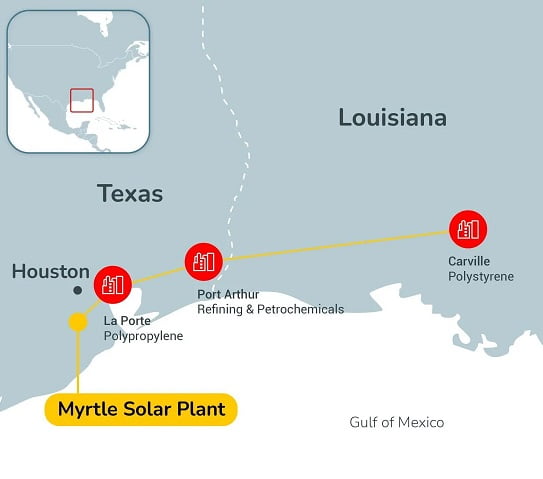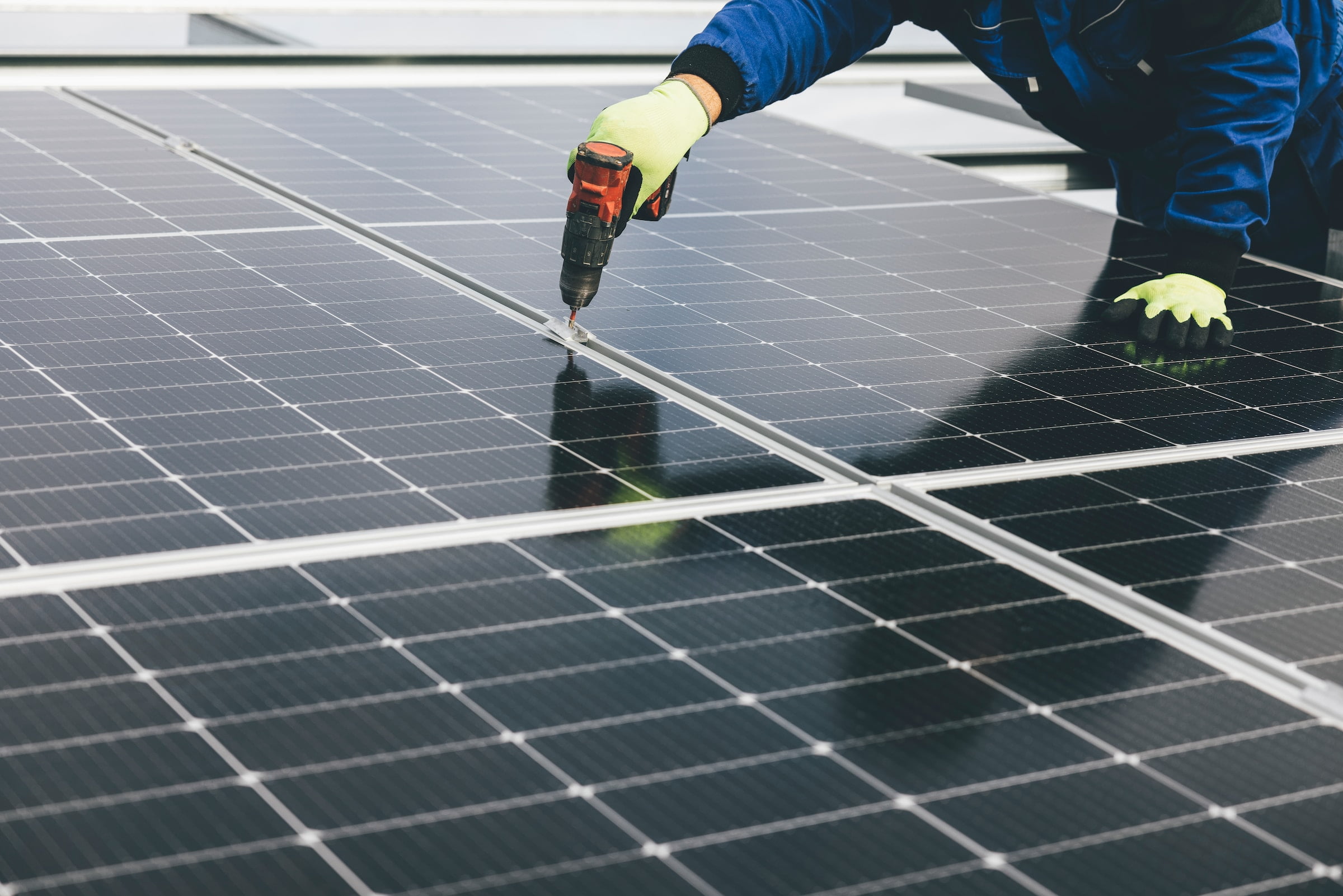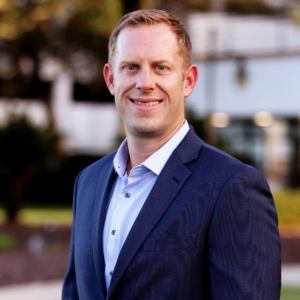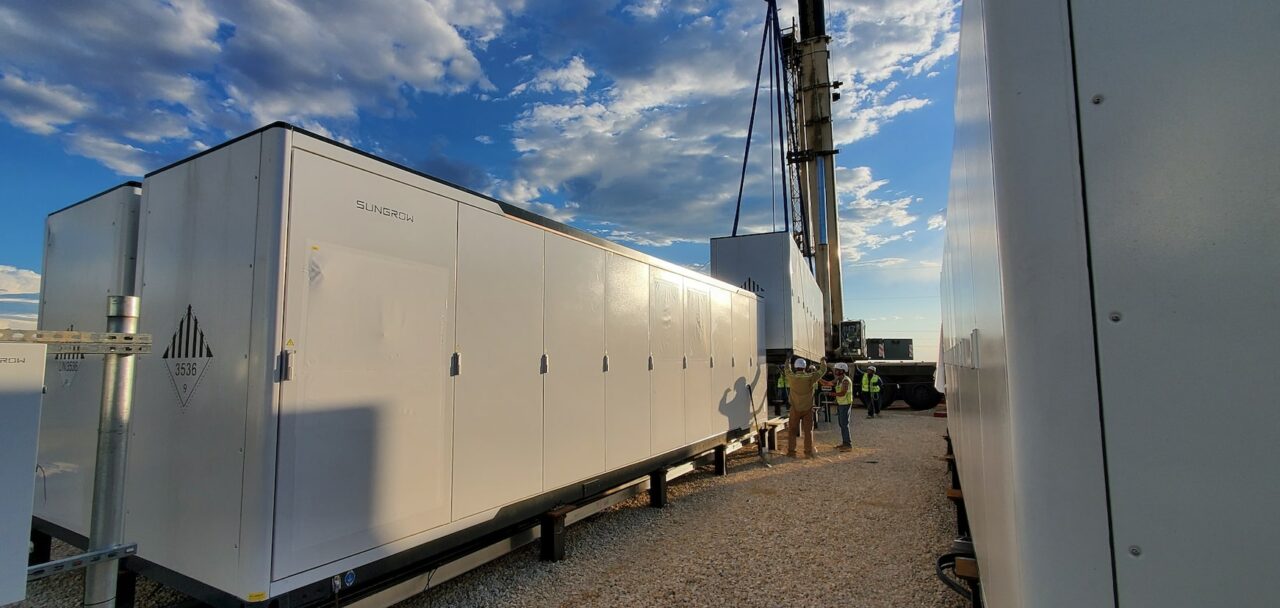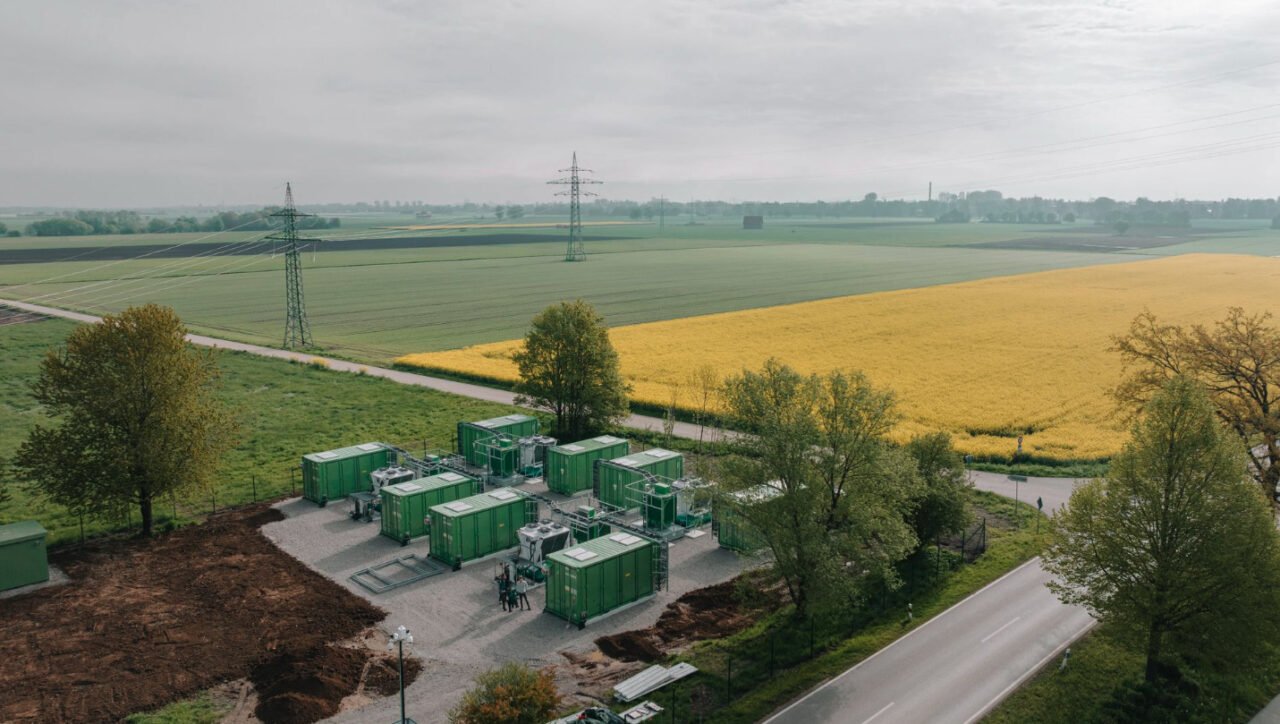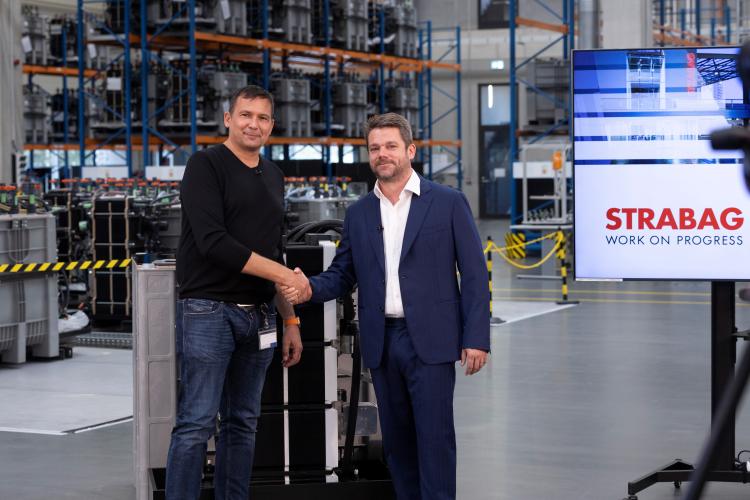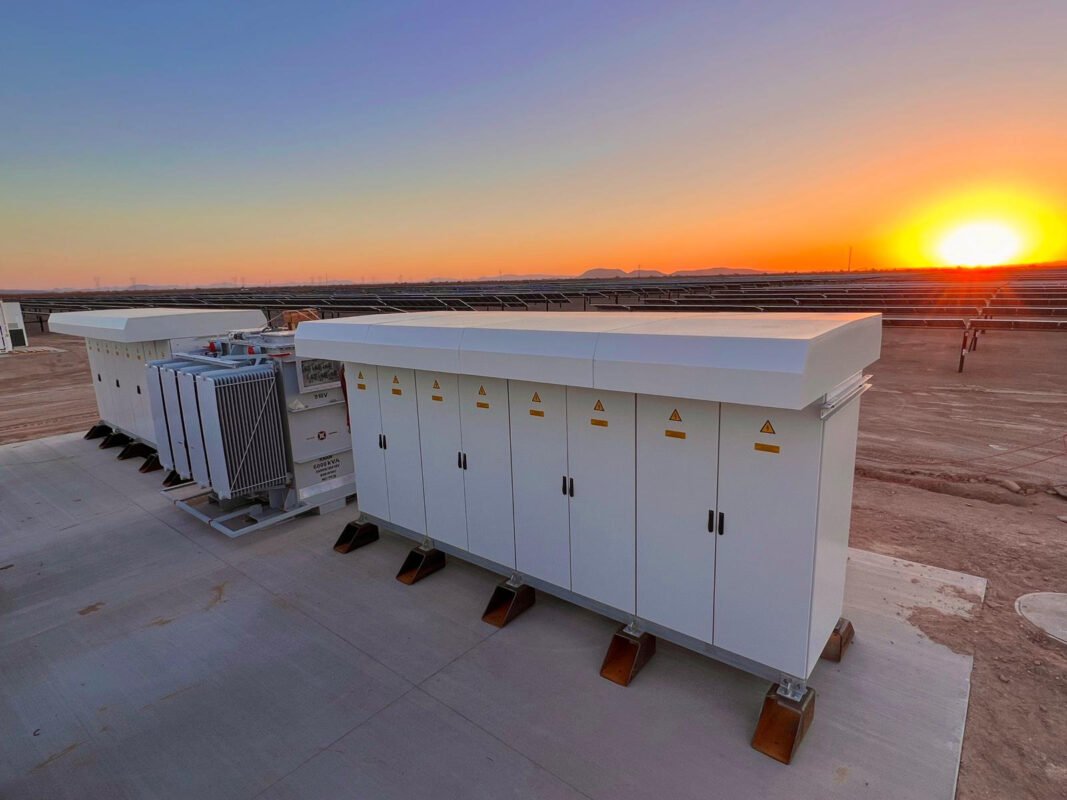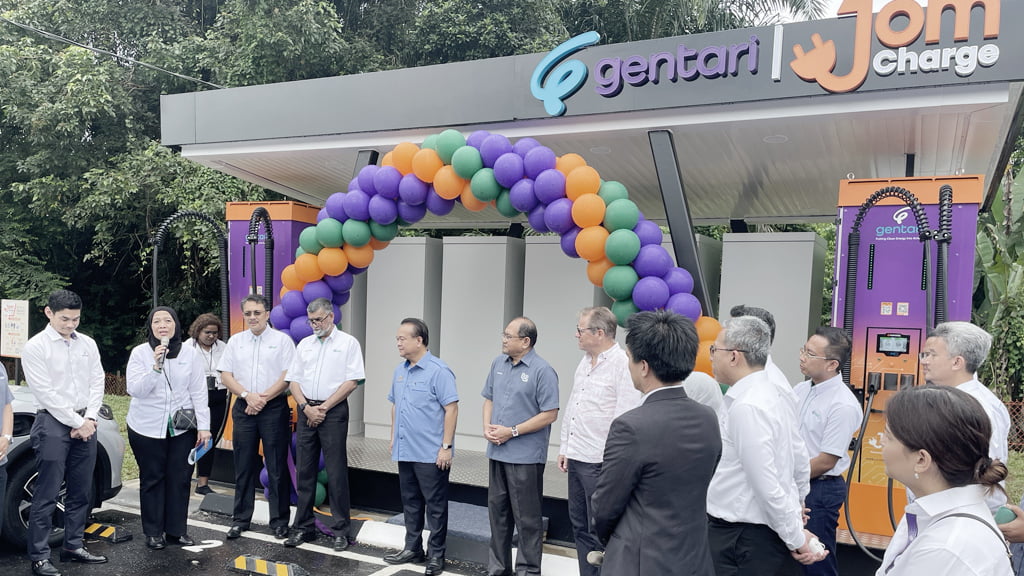EKS will gain access to Hitachi Energy’s advanced engineering and control capabilities, as well as its global market reach, and supply chain advantages, Powin said. The buyer meanwhile added that it will combine EKS’ power electronics and advanced controls with Hitachi Energy’s system integration, automation and software offerings.
Hitachi Energy was formed through the Japanese technology group’s merger with and subsequent buyout of ABB Power Grids in 2020, and traded for some time as Hitachi ABB Power Grids, before taking on the Hitachi Energy name and relaunching in late 2021.
At that time, the company said energy storage would play a key role in its product and services offerings, with it working in areas from utility solutions, renewable energy, transport and industry to data centres and smart cities.
It has its own battery energy storage system (BESS) product, PowerStore, which it revamped and relaunched, also in late 2021. PowerStore sits in Hitachi Energy’s ‘e-Mesh’ Grid Edge Solutions portfolio, alongside its energy management system SCADA, bi-directional electric vehicle (EV) charging and other products, which are all united under the theme of enabling digital control, dispatch and optimisation of distributed energy resources.
Recognising the value of PCS as BESS market scales
Therein perhaps lies a clue to why EKS was an attractive acquisition target. The Oregon-headquartered Powin acquired the Spanish company just over a year ago, in a deal that completed in September 2022.
At that time, Powin executive VP Danny Lu told Energy-Storage.news that EKS is an inverter provider with a strong track record of working on challenging grid-connected and off-grid projects; in other words, projects at the grid edge.
According to Lu, PCS equipment can represent as little as 15% of the capital expenditure required on a BESS project, but can often be responsible for a significant proportion of issues that arise during commissioning and operation of plants, making it desirable to bring as much expertise in-house as possible.
On a similar note, this site heard recently from Steve Fludder, CEO of LS Energy Solution, another BESS integrator, that his company moved into providing complete storage solutions from being an inverter manufacturer and third-party PCS provider to other integrators’ projects.
It is now able to supply integrated batteries with PCS, creating an AC battery solution, Fludder said. The BESS division director of luxury EV manufacturer Rimac was quoted a few days ago as saying that vertical integration enabled it to integrate PCS and batteries within its own new modular battery storage product.
Further evidence of the value of power electronics providers with track records can be seen in the acquisition by investors Goldman Sachs and Cleanhill Partners of another PCS maker, EPC Power, and of Dynapower by industrial sensor manufacturer Sensata, both of which also happened last year.
Powin CEO Jeff Waters said today that even in the relatively short time EKS has been in its ownership, the system integrator has been able to leverage it for one of the world’s biggest BESS projects to date: the 850MW/1680MWh Waratah Super Battery in New South Wales, Australia.
“A giant shock absorber”
Regular readers of this site will be familiar with the project, currently under construction and described as a “giant shock absorber” for the grid. Waters said EKS’ “unrivaled power conversion systems are able to meet the Australian grid operators’ high standards of performance”.
EKS has deployed more than 4GW of inverters to renewable energy projects around the world over the past decade or so, and Powin VP Danny Lu told the site last year that the power electronics specialist has “really made a name for themselves in terms of energy storage integration, especially when it comes to very difficult grid conditions”.
“The market, including leading BESS system integrators, has made it clear that it needs and wants energy solutions powered by best-in-class power electronics integrated with control and digital capabilities,” managing director for grid automation at Hitachi Energy Massimo Danieli said today.
“New applications and use cases are emerging every day, driven by the ever-increasing need for integration of renewable resources in the grid and electrification at the grid edge. EKS has an impressive product deployment footprint in North America and Europe, and under Powin has further extended their global reach.”
Financial terms of the deal have not been disclosed.
Our publisher Solar Media is hosting the 10th Solar and Storage Finance USA conference, 7-8 November 2023 at the New Yorker Hotel, New York. Topics ranging from the Inflation Reduction Act to optimising asset revenues, the financing landscape in 2023 and much more will be discussed. See the official site for more details.
Continue reading

